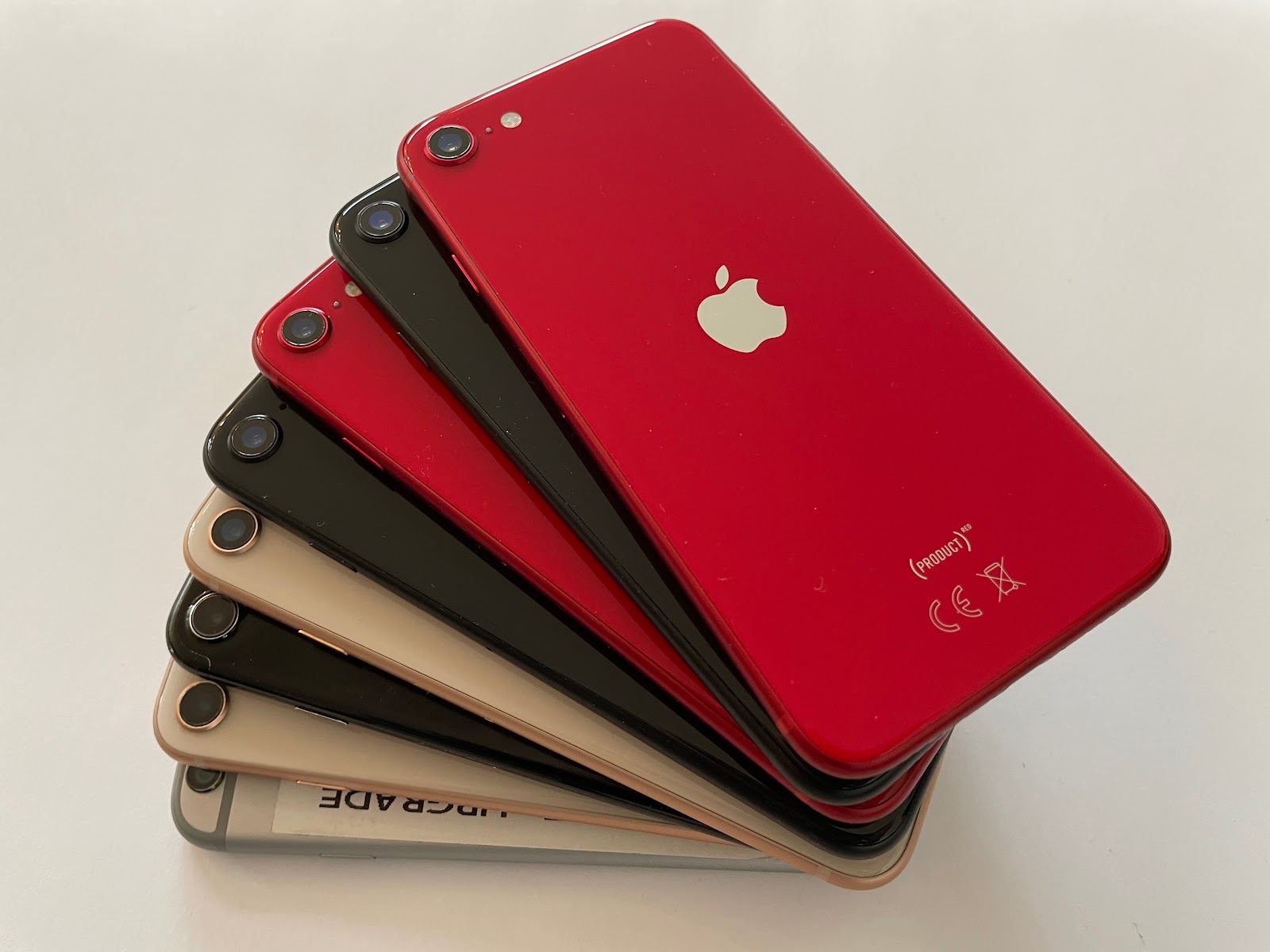Embedding Frida in iOS TestFlight Apps

Learning reverse engineering on mobile devices can be challenging, especially on iOS, where tooling is less accessible than on Android. On YouTube, I published various videos on reverse engineering with Frida , which is a tool for dynamic reverse engineering of applications during runtime. Last year, I started giving public reversing trainings via BlackHoodie and the university I'm teaching at, along with a training at NULLCON Berlin in March. While starting off with a focus on Android, which can easily be virtualized and rooted, knowledge on iOS reversing is a rare resource that many people want to learn about. But how can we make iOS reversing more accessible to learn, in a world dominated by closed-source tooling and strictly controlled by Apple? Frida can be used on iOS without any jailbreak. Especially when building your own apps, adding it for educational purposes and using it on your own iPhone can be fun. In this blog post, we'll look into two options: (1) Distributin...

